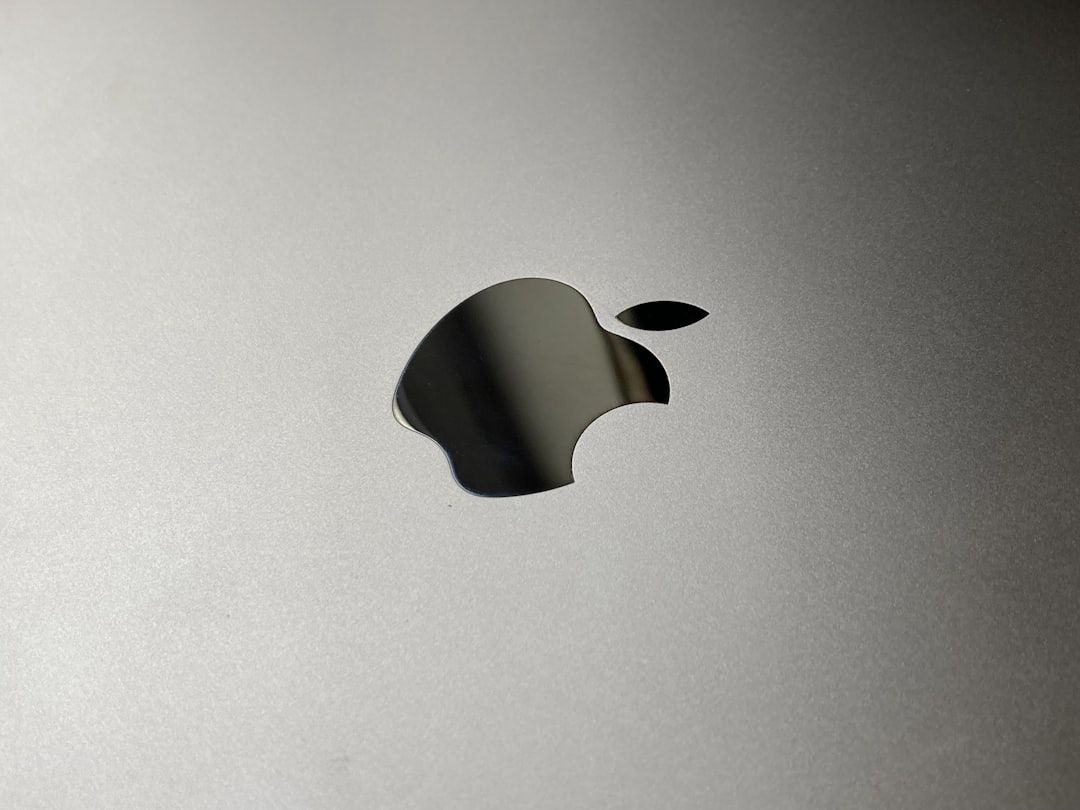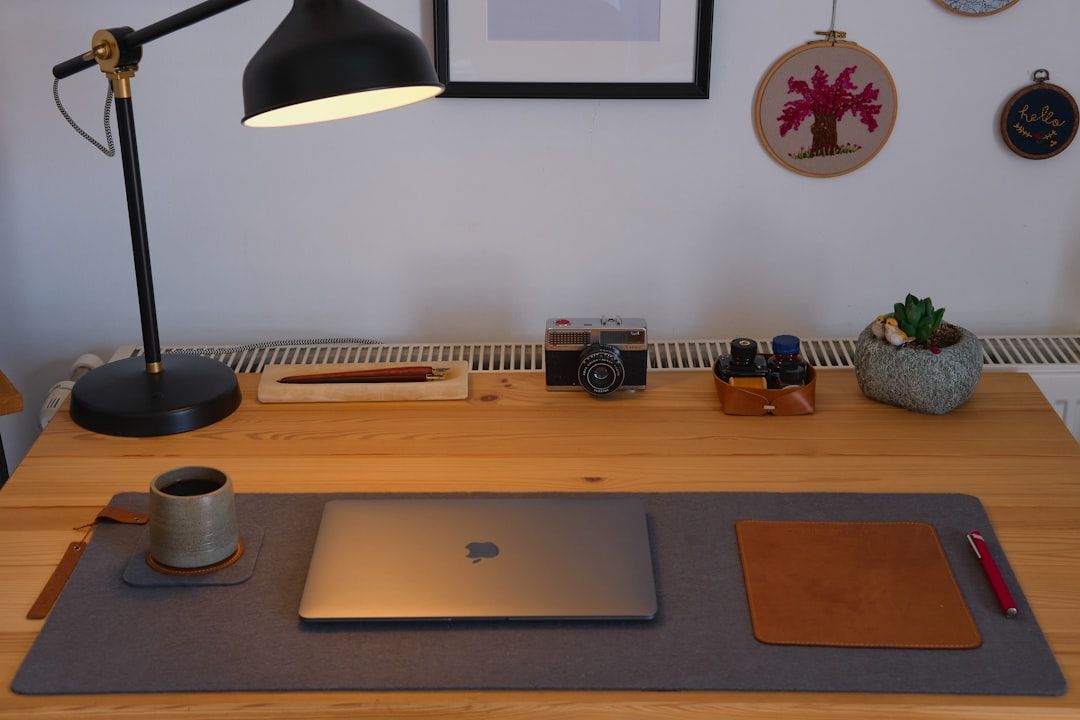Your Mac is beautiful. Sleek, shiny, and under your command. But suddenly, strange purple lines appear on its screen. Panic? Not yet. These mysterious squiggles might look serious, but we’re here to break it down and help you fix it fast—with a bit of fun along the way.
What Are These Purple Lines?
Purple lines on your Mac screen are usually a sign that something’s not quite right with either your software or hardware. They might be vertical, horizontal, flickering, or just sitting there like purple invaders.
But don’t worry. We’ll walk you through what might be causing them—and what you can do to bring your screen back to normal.
Is It a Software Glitch?
Sometimes your Mac just needs a little breather. Let’s start with the easy stuff.
1. Restart Your Mac
It’s tech rule #1. When in doubt, restart it.
- Click the Apple logo in the top left corner.
- Select Restart.
This can kick a glitched graphic system back to life. If the lines go away after the reboot—awesome! If not, let’s dive deeper.
2. Update macOS
Outdated software can cause display issues. Apple pushes graphic-related fixes all the time.
- Go to System Settings or System Preferences.
- Choose Software Update.
- If there’s an update, install it.
After the update, restart and check if those purple lines are gone.
3. Boot in Safe Mode
Safe Mode loads only the essentials. If the purple lines disappear in Safe Mode, that’s a good clue it’s a software issue.
How to boot into Safe Mode:
- Shut down your Mac.
- Turn it on and immediately press and hold Shift until the login screen appears.
Still seeing purple lines? Might be time to look at the hardware.
Hardware Hiccups
If restarts and updates don’t work, the issue might be physical. Yikes—but don’t worry. Let’s figure it out.
1. Loose or Damaged Display Cable
This is a common cause, especially in MacBooks. The cable that connects your screen to the motherboard might be:
- Loose
- Pulled
- Damaged
This often happens after a drop or if you open and close the lid frequently.

How to check: You’ll need to carefully inspect the screen for flickering when you adjust the lid. Any change in the lines could point to a failing cable.
2. Overheating
When your Mac gets too hot, it might start behaving strangely. GPU errors from overheating can temporarily cause purple lines to appear on your screen.
Tips to cool it down:
- Stop heavy apps or games.
- Use your Mac in a cool environment.
- Make sure air vents aren’t blocked.
- Try a cooling pad.
3. Failing GPU
Your Mac’s Graphics Processing Unit (GPU) might be having a tough time. If it’s failing, your screen could show strange patterns including purple lines.
This is a more serious issue. Unfortunately, you can’t really fix a bad GPU at home (unless you’re secretly a tech wizard).
How to check: Connect your Mac to an external display.
- If the purple lines appear on the external display too, your GPU is probably the culprit.
- If the external screen looks fine, the issue is likely with the Mac’s own screen or screen cable.
What Can You Do to Fix It?
Now that we’ve explored the possible causes, let’s talk about what fixes you can try. Ready?
Quick Fixes You Can Try
- Reset your NVRAM: Turn off your Mac and then turn it on while holding Option + Command + P + R for 20 seconds.
- Reset SMC: The System Management Controller may affect your Mac’s visual output. Reset depends on your model. (Check Apple’s guide!)
- Run Apple Diagnostics: Restart your Mac and hold the D key. This will scan for hardware issues.
Still Seeing Purple?
If the purple lines don’t budge, you might need expert help.
Take It to Apple or an Authorized Service Provider
They can run advanced diagnostics and replace faulty parts if needed—like the screen, cables, or the GPU chip.
It may cost a bit, but it’s better than guessing in the dark.

For MacBook Pros and Airs (Extra Tips!)
These models can be more prone to screen issues because they’re opened and closed often. Here’s what else to consider:
- Check for “Flexgate”: Older MacBook Pros (2016–2017) had a design flaw in their display cable. If your issue comes and goes based on how open your screen is, this might be it.
- Use Apple’s extended warranty: Some screen issues are covered even outside the normal warranty window.
Can You Prevent This?
Oh yes! Take good care of your Mac, and purple lines are less likely to show up.
Some helpful habits:
- Keep your macOS updated.
- Don’t let your Mac overheat.
- Be gentle when opening or closing your MacBook.
- Use protective cases if you travel a lot.

Conclusion: Don’t Fear the Purple!
Seeing purple on your Mac screen can be jarring. But now you know it can come from a simple update issue—or a sneezy GPU. We’ve gone over all the fixes, from the quick reboots to the serious stuff.
Just follow this rule: Try the easy fixes first. Then move to the hardware tests. And if all else fails, call in the pros.
Keep your Mac happy, and it’ll keep your screen clean and colorful—with no unexpected purples!

